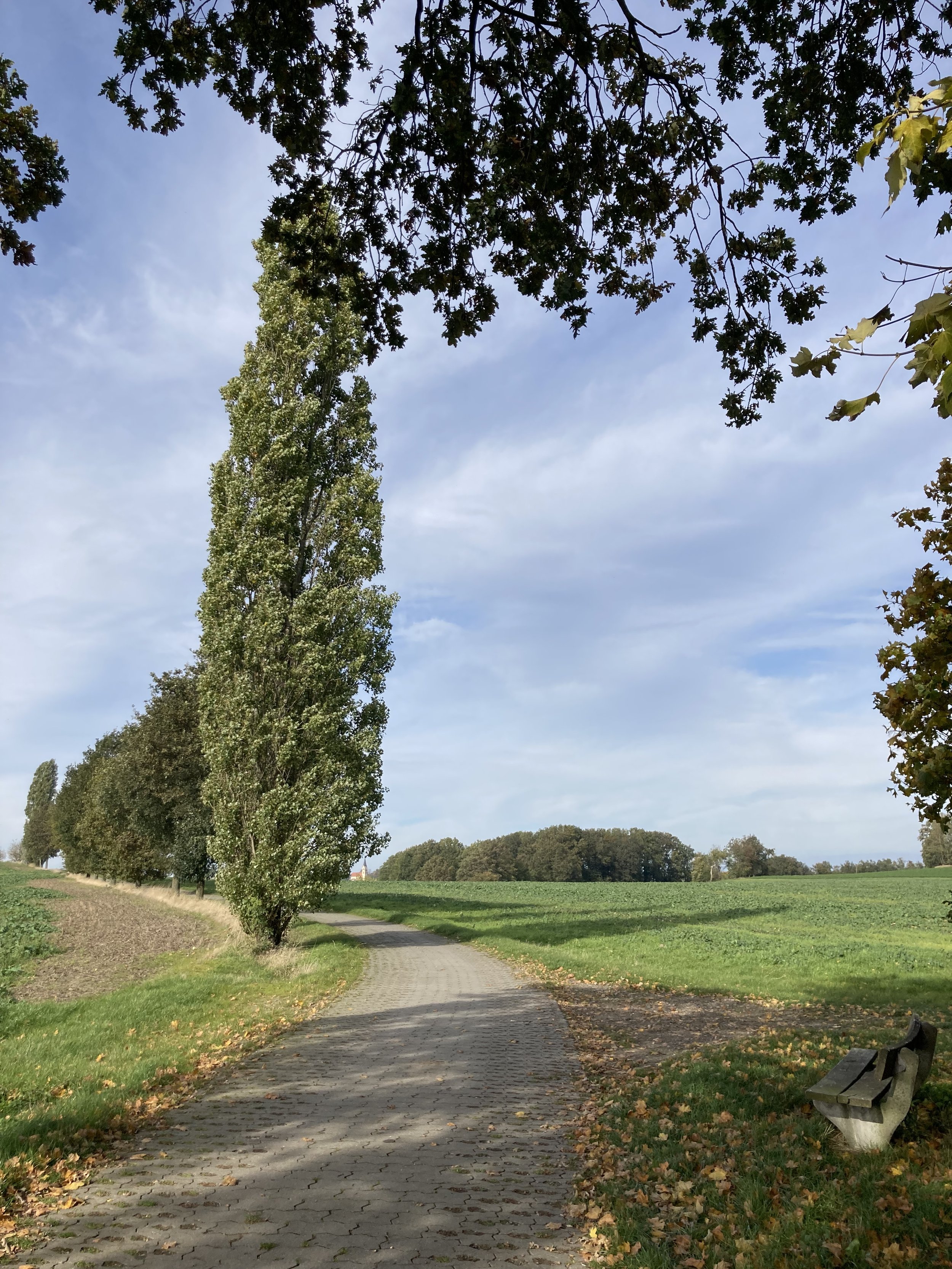
Curriculum Vitae.
As a multidisciplinary researcher and communicator, I have many experiences and interests that contribute to what I do now. Feel free to contact me about any of these.
EDUCATION
Doctor of Philosophy in Biological Sciences, University of Illinois at Chicago, Chicago, IL, USA
Master of Science in Evolution, Ecology, and Organismal Biology,
Ohio State University Columbus, OH, USA
Bachelor of Science in Research Entomology, Ohio State University Columbus, OH, USA
Master of Fine Arts in Studio Art, School of the Art Institute of Chicago, Chicago, IL, USA
Bachelor of Fine Arts in Printmaking, Ohio State University Columbus, OH, USA
PUBLICATIONS OF INTEREST
Farfan, M. A., Guerra, C., Hedlund, K., Ingimarsdóttir, M., Barrios, E., Cox, N., Dahlberg, A., Delgado-Baquerizo, M., Eisenhauer, N., Lundesjö, M., Orgiazzi, A., Parnell, J., Potapov, A., Ramirez, K., Raschmanová, N., Russell, D., Wall, D., & Zaytsev, A. (2024). Preliminary assessment of the knowledge gaps to improve nature conservation of soil biodiversity. Soils for Europe, 1, e118853. https://doi.org/10.3897/soils4europe.e118853
van der Putten, W. H., Bardgett, R. D., Farfan, M., Montanarella, L., Six, J., & Wall, D. H. 2023. Soil biodiversity needs policy without borders. Science, 379(6627):32-34. https://doi.org/10.1126/science.abn7248
Wise, D. H. & Farfan, M. A. 2021. Can a simple theory predict the response of a complex community to resource perturbation? Ecology and Evolution. 11:17417-17421. https://doi.org/10.1002/ece3.8375
Schmidt-Jeffris, R. A., Coffey, J. L., Miller, G., & Farfan, M. A. 2021. Residual activity of acaricides for controlling spider mites in watermelon and their impacts on resident predatory mites. Journal of Economic Entomology, 114(2), 818–827. https://doi.org/10.1093/jee/toaa320
Farfan, M. A., Coffey, J., & Schmidt-Jeffris, R. A. 2021a. Tarsonemus bilobatus and Podosphaera xanthii as suitable resources for a Proprioseiopsis mexicanus in cucurbit systems in the Southeast USA. Experimental and Applied Acarology, 85:31-40. https://doi.org/10.1007/s10493-021-00658-8
Farfan, M. A., Coffey, J., & Schmidt-Jeffris, R. A. 2021b. Suitability of food resources for Proprioseiopsis mexicanus, a potentially important natural enemy in eastern U.S. agroecosystems. Experimental and Applied Acarology. 84:121-134. https://doi.org/10.1007/s10493-021-00622-6
Cutulle, M. A., Campbell, H. T., Farfan, M., & Wadl, P. A. 2020. A hydroponics assay distinguishes between S-metolachlor-tolerant and -sensitive sweetpotato cultivars. HortScience, 55:1022-1025. https://doi.org/10.21273/HORTSCI14936-20
McCary, M. A., Mores, R., Farfan, M. A., & Wise, D. H. 2016. Invasive plants have different effects on trophic structure of green and brown food webs in terrestrial ecosystems: A meta‐analysis. Ecology Letters, 19(3), 328–335. https://doi.org/10.1111/ele.12562
Davis, A. Y., Belaire, J. A., Farfan, M. A., Milz, D., Sweeney, E. R., Loss, S. R., & Minor, E. S. 2012. Green infrastructure and bird diversity across an urban socioeconomic gradient. Ecosphere, 3(11), 1–18. https://doi.org/10.1890/ES12-00126.1
Farfan, M. A. & Klompen, H. 2012. Phoretic mite associates of millipedes (Diplopoda, Julidae) in the northern Atlantic region (North America, Europe). The International Journal of Myriapodology. 7:69-9. https://doi.org/10.3897/ijm.7.3064
Schmidt-Rhaesa, A., Farfan, M. A., & Bernard, E. C. 2009. First record of millipedes as hosts for horsehair worms (Nematomorpha) in North America. Northeastern Naturalist. 16(1):125-130. http://www.jstor.org/stable/27744547